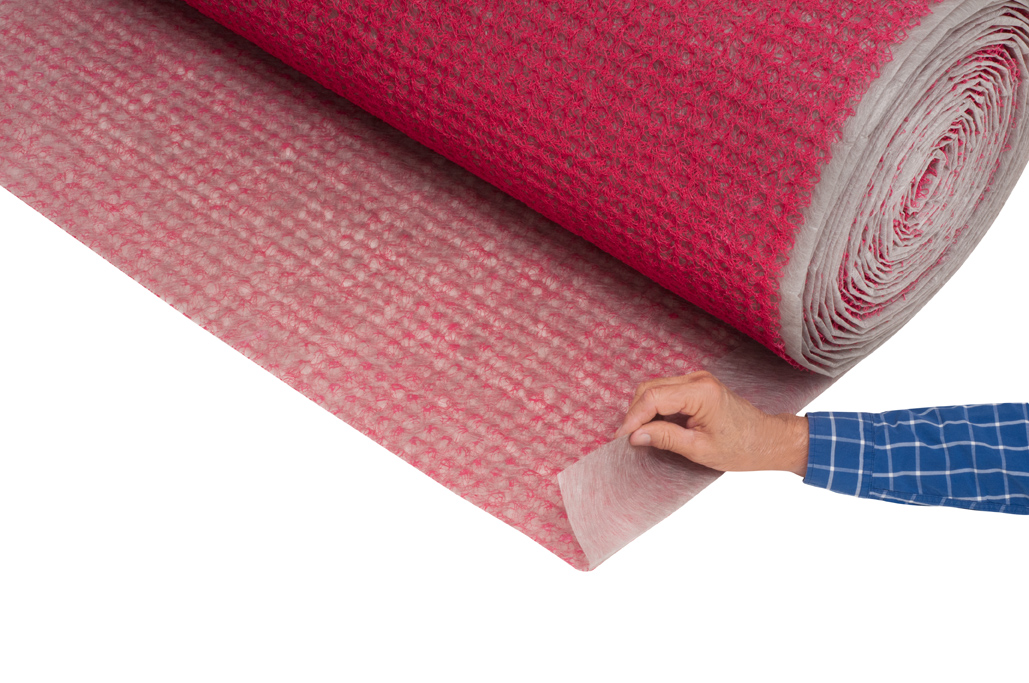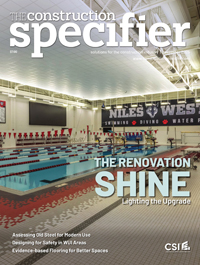Composite roofing: Strength meets sustainability
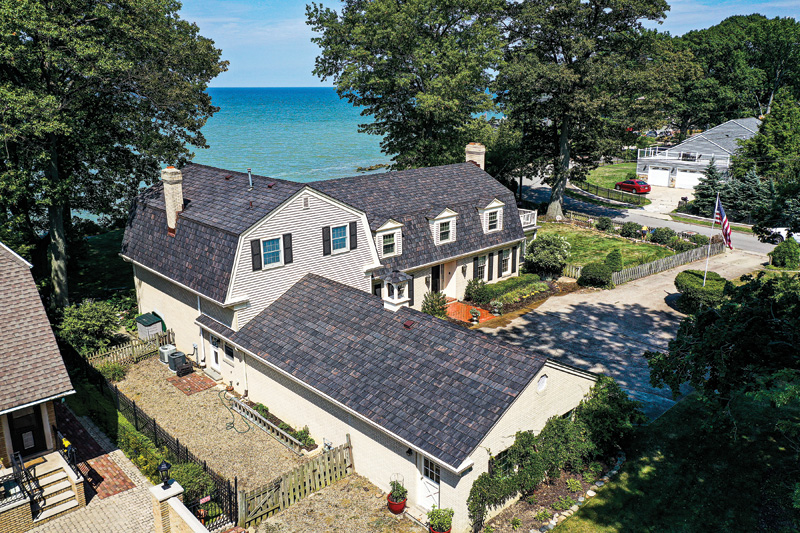
Composite roofing, also known as synthetic roofing, has a long history dating back to the mid-1800s. Early synthetic tiles were made of materials such as asphalt, rubber, and early forms of plastic. They were known for their ability to withstand moisture and heat, making them a durable roofing solution. However, today’s composite roofing materials are a far cry from their predecessors.
Thanks to innovations in polymer chemistry, advanced manufacturing techniques, and growing demand for environmentally responsible products, composite roofing now offers performance, beauty, and sustainability unmatched by traditional steep-slope roofing systems.
Environmental impact
Although roof replacement is a relatively infrequent event for most homeowners, the environmental impact is anything but small. The Environmental Protection Agency (EPA) estimates that construction and demolition activities in the United States generate more than 544 million tonnes (600 million tons) of waste annually. Approximately 9.9 million tonnes (11 million tons) of waste come from asphalt roofing shingles, accounting for about eight percent of the nation’s total waste related to building activities.
Asphalt roofing has long been the standard in the United States. Its manufacturing process involves covering a fiberglass sheet with an asphalt coating and granules to make it water-resistant. While widely used, asphalt shingles are prone to damage from heavy winds and occupy landfill space when disposed of. Compared to today’s composite alternatives, asphalt shingles lack the same durability and environmental considerations. Although there has been an emergence of new technology to recycle shingles, there is still far too much that ends up in landfills.
Using recycled materials in roofing helps reduce waste in landfills, promoting a more sustainable lifecycle for building materials. Composite roofing is recognized for its environmental benefits, far surpassing traditional materials. Synthetic roofing is more durable than its natural counterparts and has a longer lifespan. This means the work will hold up over time, lowering the impact on the environment. They have been manufactured to reduce environmental impact, save energy, and provide higher resistance than their conventional counterparts for things such as rot, pests, algae growth, and UV damage, offering a long-lasting roofing solution that benefits both the home and the environment. The lifecycle of the product also depends on how it is produced. Full recycled tiles are manufactured with sustainable materials from their inception, unlike mixtures made with partially non-sustainable materials.
According to the U.S. Green Building Council (USGBC), buildings account for 39 percent of carbon dioxide emissions in the United States, making the shift to sustainable materials crucial for reducing environmental impact. By 2021, a survey by the National Association of Home Builders (NAHB) found that nearly one-third of builders reported an increase in the use of green materials, reflecting a significant rise in consumer demand for eco-friendly construction options. Using these materials has the advantage of earning points towards LEED certification, a recognized standard for measuring building sustainability, thereby enhancing the marketability and credibility of building projects. Certain composite tiles also meet California’s Title 24, Building Energy Efficiency Standards and Cool Roof Rating Council (CRRC) requirements, especially beneficial in hot climates where heat reflection is critical to energy efficiency. The growing regulatory support and consumer demand for sustainable building practices drive the trend toward composite roofing.
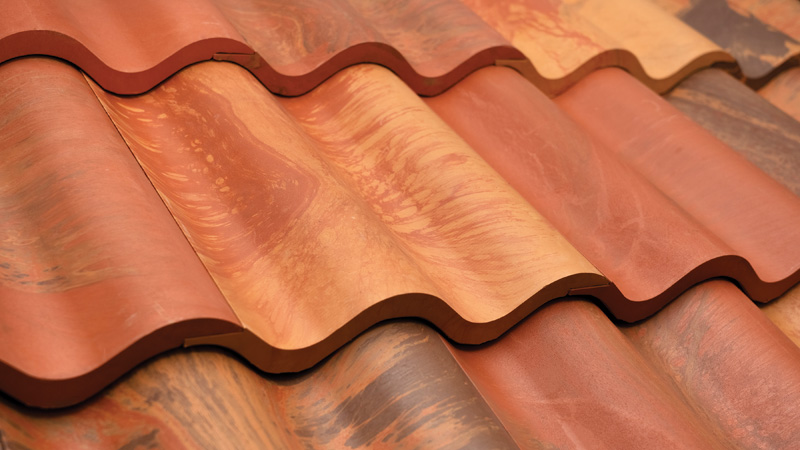
Design versatility and visual appeal
As technology advanced, the formulations of composite materials also evolved, leading to the development of advanced plastics and rubbers that brought the reality of composite roofing to the forefront, making it a true competitor for traditional tiles. Beyond just serving as a roof, these advancements have enabled sustainable roof alternatives to compete in their function and aesthetics. Composite roof tiles have evolved into a range of aesthetic styles, where they now mimic the look and feel of traditional roof materials such as wood, slate, and clay, with the added benefits of longevity, durability, and a lightweight design.
Some companies use a unique multi-coloring process where mineral pigments are blended throughout the entire tile, not just applied to the surface. This ensures authentic color variation and long-lasting vibrancy. UV inhibitors are also added during manufacturing to prevent fading, helping the roof maintain its appearance for decades.
Advantages over traditional roofing
Composite roofing offers significant advantages, particularly in durability and resistance. These products resist common issues such as cracking, warping, and insect damage, further enhancing their longevity and reducing the need for repairs and replacements.
Three key factors influence a roof’s energy performance: solar reflectivity, thermal emittance, and insulation (R-value). Solar reflectivity measures how much sunlight a material reflects away rather than absorbing as heat. Thermal emittance refers to how efficiently a material releases absorbed heat, rather than transferring it into the building below. These two properties are combined in the Solar Reflectance Index (SRI), which gives a comprehensive view of how well a material performs in sunny conditions. R-value, meanwhile, gauges the material’s ability to resist heat flow—higher values indicate better insulation. Roofing materials that score well across all three help reduce cooling loads, improve indoor comfort, and lower energy bills. Cool roofs are characterized by a high Solar Reflectance Index (SRI), typically above 70, which indicates their ability to reflect solar heat and release absorbed heat. Higher SRI values signify a cooler roof surface, helping to reduce heat transfer into a building.
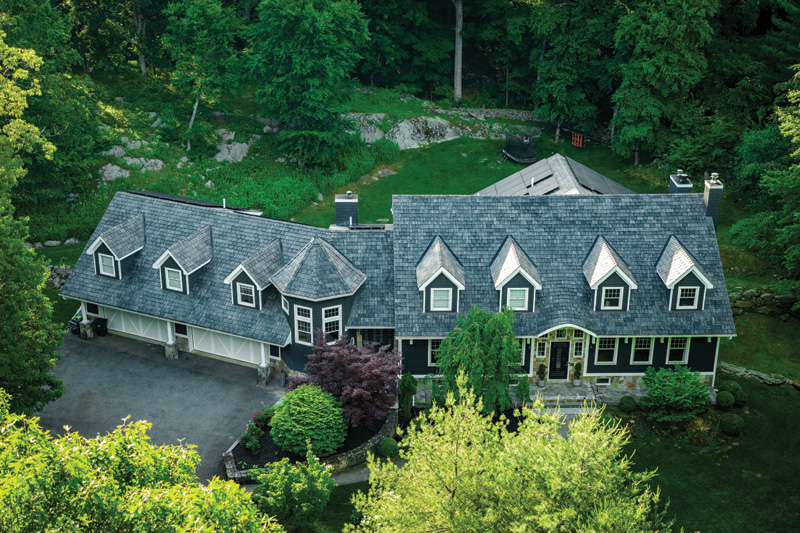
Composite materials are engineered to accommodate thermal expansion and contraction, enabling them to perform reliably across various temperatures without compromising structural integrity. In addition to these properties, synthetic roof tiles can enhance a roof’s insulation performance. Some profiles feature structural ribbing on the underside, which creates an air gap that contributes to the overall thermal resistance of the roofing assembly. When combined with a thermal underlayment, this design can help increase the roof’s total R-value. The result is improved energy efficiency, long-term cost savings, and a reduced environmental impact over the product’s lifecycle.
When selecting roofing materials, it is essential to consider the local climate and environment, as these factors significantly impact the roof’s lifespan. Different weather conditions can impact the performance of roofing systems. For example, some materials perform well in dry climates but may deteriorate in humid or wet environments due to their tendency to absorb moisture. Conversely, materials that can handle moisture may not perform well in areas prone to hail or high winds. In this space, composite materials offer advantages over traditional roofing, as they are designed with specific needs in mind, including hail resistance in the Midwest, high winds in coastal regions, fire resistance in the CA region, and UV resistance in higher elevation areas.
Traditional cedar shake roofs, for example, lack fire resistance and may pose greater risks, leading to higher premiums. Asphalt shingles are susceptible to damage from heavy winds, whereas synthetic roofing offers superior durability against wind uplift, hail, and fire resistance.
Choosing cool roof-certified materials is essential for homeowners in hot, sunny climates. Solar reflectivity refers to a roof’s ability to reflect a portion of the sun’s energy, reducing heat transfer into the building. This property is measured by the SRI. Light-colored roofs generally have higher SRI values, making them more energy-efficient in hot climates. Cool roofs further benefit by utilizing materials with high solar reflectance to lower roof temperatures. This minimizes heat absorption and reduces air conditioning demands compared to standard composite roofs.
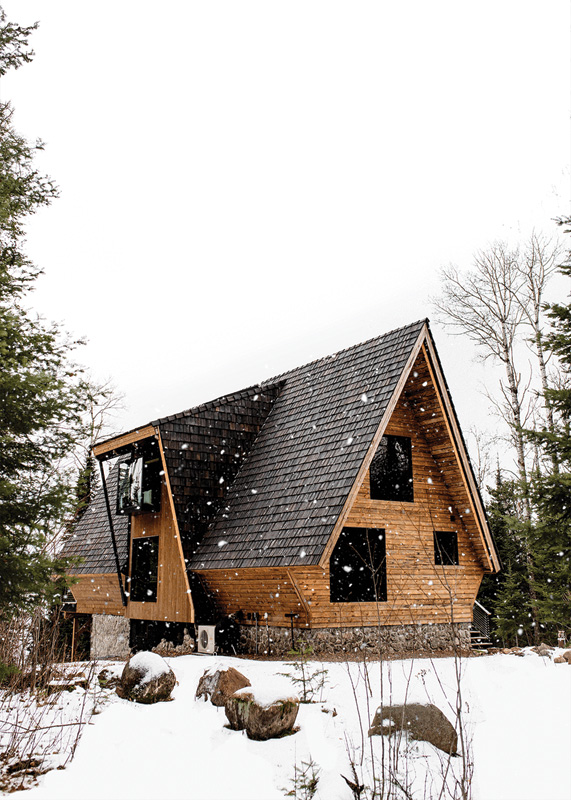
Homeowners in these areas should look for tiles tested and certified by the CRRC for solar reflectance and thermal emittance, and meet Title 24 requirements for Californians. These tiles help reflect sunlight and reduce interior temperatures, decreasing air conditioning demands and utility bills.
Weight restrictions are another critical consideration for roofing projects. Roofers must ensure the installed structures can support the necessary weight without compromising safety. Many building codes require roofs to support 0.96 kPa (20 psf), but this can vary. It is essential to verify the weight ratings of roofing products to ensure they can withstand conventional weathering and natural disasters. Additionally, the lightweight nature of the tiles makes them easy to move, carry, and load on the roof compared to traditional heavier materials.
Building regulations typically require commercial flat roofs to support more weight than residential sloped roofs. This standard is necessary because flat roofs need to support heavier live loads in concentrated areas, such as snow. In contrast, sloped roofs help reduce the duration and buildup of live loads by allowing snow and other materials to slide off more easily, which lowers the structural demands over time—but does not eliminate them entirely.
Many buildings also rely on heavy exterior appliances, such as HVAC systems and water tanks. As a result, these structures must provide enough strength to support equipment and workers throughout the year. Synthetic roof tile can be an ideal solution, offering a combination of lightweight construction and high durability. These materials provide impact resistance against snow and hail while minimizing the need for additional roof framing due to their lower weight, which helps reduce structural load without compromising performance.
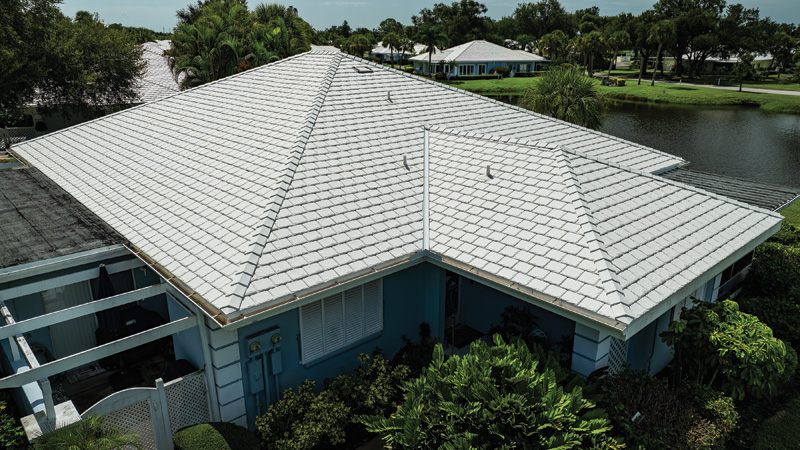
Insurance savings through roof resilience
The performance benefits of synthetic roofing materials can also lead to financial savings beyond just reduced maintenance or energy costs. One less obvious but increasingly important factor is the changing landscape of insurance policies. Insurers are beginning to recognize the value of durable, weather-resistant roofs, such as composite tiles, in reducing the risk of damage from severe weather events. As a result, homeowners with resilient roofing systems may qualify for lower premiums or other insurance incentives. One example is the Fortified Roofing Program, developed and administered by the Insurance Institute for Business & Home Safety (IBHS), a nonprofit research organization. The program establishes “Fortified” standards to strengthen homes and buildings against severe weather, including high winds, hail, hurricanes, and tornadoes. It offers homeowners substantial financial incentives, including grants and significant insurance discounts, for installing roofs that meet these rigorous criteria. Most, if not all, synthetic roofing manufacturers’ products are FORTIFIED Certified and are eligible to be used as a roofing system in their program. This means they have met all of the performance requirements.
These programs enhance property protection and contribute to long-term cost savings through reduced insurance premiums. The program offers a network of specialized contractors trained to implement the necessary upgrades tailored to the specific weather challenges a given location faces. Participants gain access to a resilient construction standard developed from extensive scientific research conducted by IBHS. Additionally, homeowners receive third-party verification to ensure the construction materials and installation methods used on their properties meet the rigorous standards required for a Fortified designation certificate, ensuring a high standard of protection against severe weather events. The program can earn up to $10,000 in grant money towards roofing projects (dependent on the state) and savings of up to 80 percent on property insurance. Some insurance carriers, such as State Farm, offer national benefits for homeowners’ insurance policies. Homeowners can refer to the IBHS site for specific terms, conditions, and requirements.
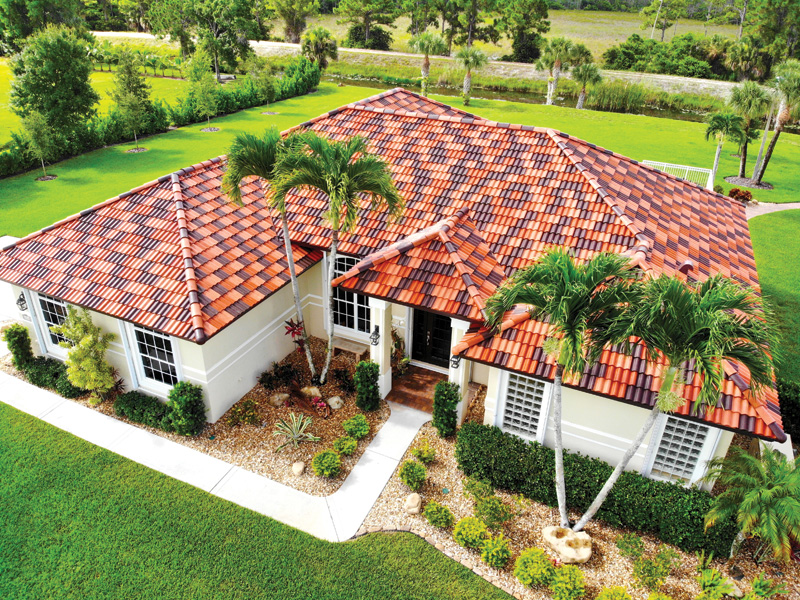
Roofing maintenance
Regular maintenance can extend the lifespan of any roof, including composite systems, which typically have lower roof maintenance compared to that of a traditional roof. Still, professional inspection should be conducted at least once a year and after any major storm. Key tasks during these inspections include clearing gutters, checking for damaged tiles, sealing flashing, trimming nearby vegetation, and inspecting attics for signs of leaks. A proactive approach helps identify minor issues before they escalate into major repairs, helping protect the roof system’s long-term integrity.
Conclusion
As one of a home’s most enduring components, the roof should be built with materials that align with environmental and performance priorities. Composite roofing products stand out for their many benefits: They are long-lasting, durable, and aesthetically pleasing. These materials are favored for longevity, optimal wind resistance, waterproof qualities, and diverse styling options.
Composite roofs can mimic the appearance of various organic materials, such as slate, cedar shake, and clay/concrete tiles, without their associated drawbacks. Unlike the latter, composite roofing is more lightweight, molded for an authentic look and feel, offers a larger range of color options, and has much more ease of installation. These materials also have impressive performance, such as Class A fire ratings, Class 4 impact resistance, Miami-Dade approval, and high wind resistance.
In a changing climate, selecting a composite roofing system that offers sustainability, durability, aesthetic versatility, and energy efficiency can be a practical and forward-looking choice.
Author
Brian Davis AIA, LEED AP, GRP, is the director of technical support at Brava Roof Tile, a manufacturer of synthetic shake, slate, and barrel tile roofing. Davis started his career in the roofing industry with GAF, where he worked for 17 years, assisting with both residential and commercial roofing applications. He is an associate American Institute of Architects (AIA) member, LEED AP, and Green Roof Professional (GRP). Davis holds a bachelor’s degree in architectural engineering from Alfred State University.
Key Takeaways
Composite roofing has evolved into a high-performance, sustainable alternative to traditional materials. Made from advanced polymers and often incorporating recycled content, synthetic tiles resist rot, pests, UV damage, and extreme weather. Their lightweight design eases installation and structural demands while mimicking the appearance of slate, wood, and clay. These roofs offer notable energy efficiency through improved solar reflectivity, thermal emittance, and insulation (R-value), helping reduce cooling loads and utility bills. Tested products can meet California’s Title 24, Building Energy Efficiency Standards, and Cool Roof Rating Council (CRRC) standards, earning LEED credits and insurance discounts. Composite roofing’s long lifespan and lower maintenance requirements further support environmental and financial goals, making it a durable, adaptable solution for changing climates and evolving building codes.



